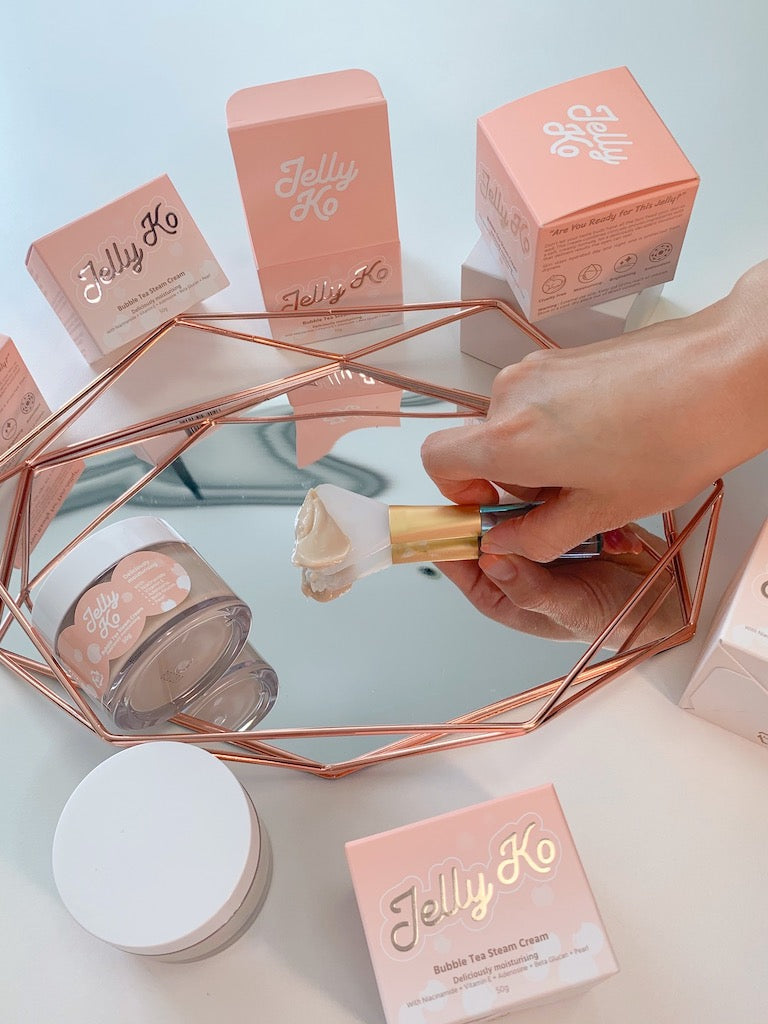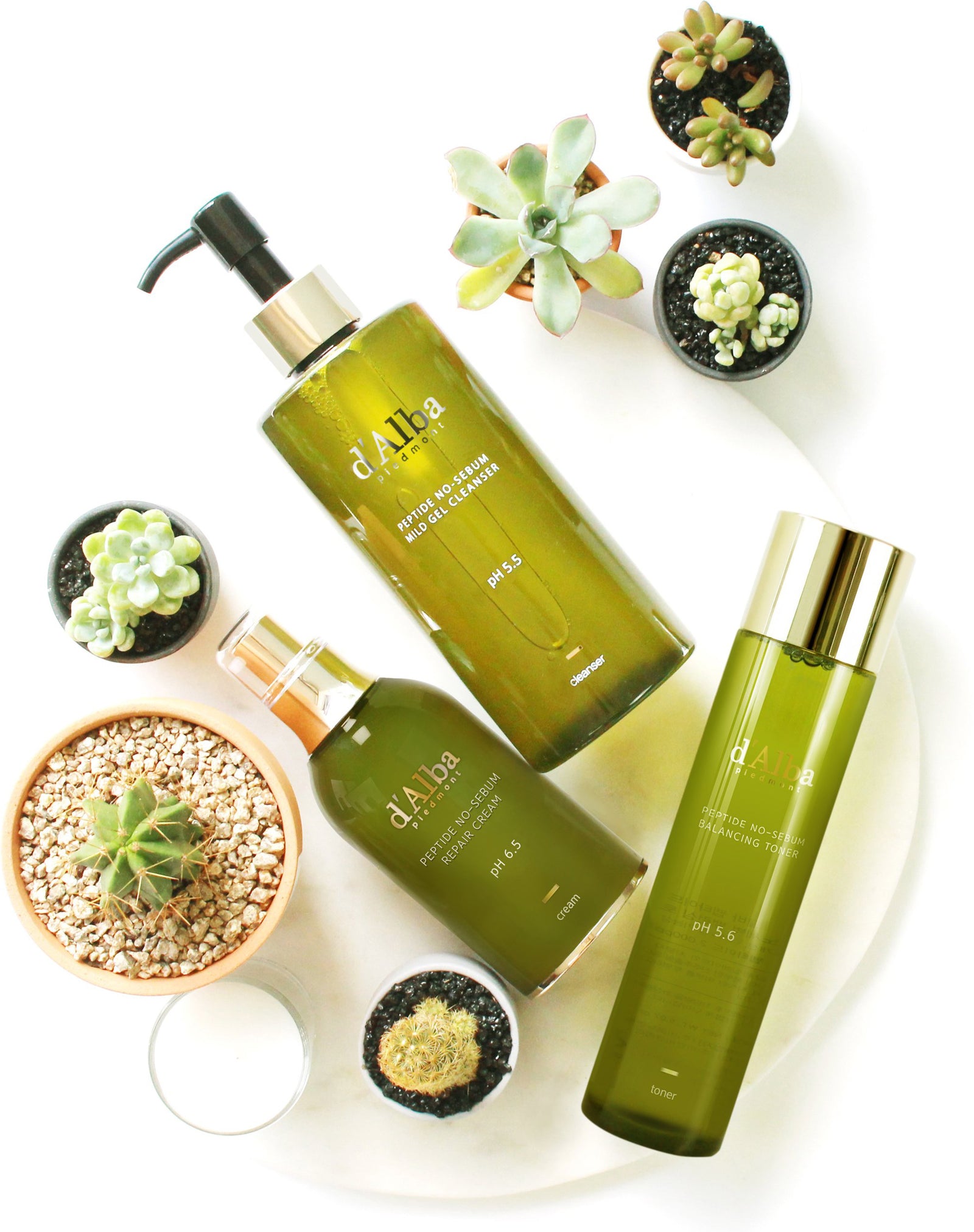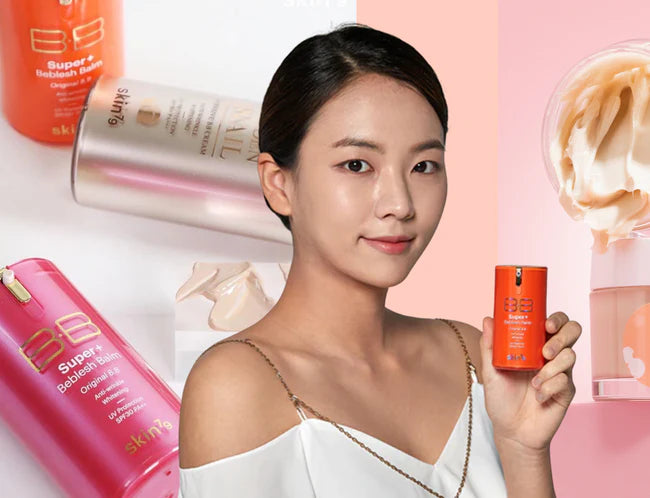Last month to shop K-Beauty on STYLE STORY. We’re moving to K-Beauty consultancy. Details
Menu
How Korean Beauty Products Are Made - Part 1
July 01, 2021

HOW KOREAN BEAUTY PRODUCTS ARE MADE - PART 1
Episode Title: How Korean Beauty Products are Made - Part 1 Ep-60
Episode Description:
If you’ve ever wondered how your favourite Korean beauty products get made, who the big players are in manufacturing, and which companies own which brands in K-Beauty then stick around. On today’s episode, which is the first in a two part series, we’re deep diving on how Korean Beauty products are actually made.
CONNECT WITH ME
Instagram: www.instagram.com/lauren.kbeauty
Facebook: www.facebook.com/stylestory.au
Website: www.thekoreanbeautyshow.com
Pinterest: https://www.pinterest.com.au/stylestoryau
Tik Tok: https://vt.tiktok.com/ZSaHUgHL/
Download Your Free Guide to K-Beauty: https://manage.kmail-lists.com/subscriptions/subscribe?a=XgHS8t&g=SmUKyF
Episode Summary:
K-Beauty News Headlines
- Korea's cosmetics exports reached a new record last year.
- According to the Korea Customs Service, Korea exported US$6.12 billion of cosmetics in 2020, up 14.8 percent from the previous year
- In the first quarter of this year, exports grew by 32.4% year-on-year with skincare products leading the way, with an increase of 24%. Makeup sales were down, likely due to the impact of working from home and mask wearing.
- The biggest importers of Korean cosmetics are China, Hong Kong, the US, Japan and Vietnam
- Korea's imports of cosmetics fell 10.7% on-year in 2020 to $1.07 billion.

A few things to note about the K-Beauty industry generally
-
Size of market is huge, as evidenced by latest export figures
-
Dominated by two players - Amore Pacific and LG Household and Health Care
-
It is literally no exaggeration to say that Korea’s national economy was built on export. After the Korean War, the country was decimated, and had a GDP the size of countries in Sub-Saharan Africa. Korea is now the world’s 10th largest economy. The turnaround is 100% due to Korea’s exports. As a country, Korea has few natural resources so to speak of; instead, they build things and then sell them overseas.
-
Historically, the government identified sectors to focus on for its exports, things like cars, semiconductors etc. These days, cosmetics are also at the top of the list.
-
KOTRA, the national trade agency, plays a huge role in promoting and assisting companies to export overseas.
Who Owns Who in K-Beauty?
Amore Pacific:
- Amorepacific
- Aritaum
- Espoir
- Etude House
- Hanyul
- Happy Bath
- HERA
- ILLIYOON
- Innisfree
- IOPE
- Laneige
- Mamonde
- Mise-en-Scene
- Osulloc
- Primera
- Sulwhasoo
LG Household and Health Care
- The History of Whoo
- O’Hui
- ON: The Body
- SU:M37
Able C&C
- MISSHA
- A’Pieu
- ++
For others, check out my Instagram

Planning and Launching
Whereas R&D for many western brands can take years, K-beauty brands usually spend less than six months on planning and launching products.
This makes them much quicker in responding to new trends. Korea’s “fast beauty” approach also makes the products much more affordable.
The brands watch and respond to cosmetics trends, staying on top of consumer’s feedback on apps like Hwahae and the like.
R&D and Manufacturing done in house
Bigger brands like Amore Pacific and LG Household & Health Care have the capability to manufacture in-house. However, even the biggest brands will outsource some parts of their manufacturing to other labs. This is particularly the case if a product is trending and their regular supplier can’t keep up with demand.
OEM
This is when a brand goes to an OEM manufacturer to produce a certain product exclusively to their specifications for them. OEM is short for “original equipment manufacturing”. The client does all the market research, R&D and develops its own product. But it does not have the manufacturing capability to fulfil the market demand in time, especially if its market is spread across the globe. So, it turns to an OEM to do the manufacturing on its behalf. Many western companies turn to Korean OEMs to do this work for them, including Lancome, L’Oreal, YSL, Johnson & Johnson, Mary Kay, Herbalife, Avon and more.
ODM
Another way that products are frequently created is through ODM companies (Original Design Manufacturing). An ODM is a company (manufacturer) that is capable of designing and producing products according to specifications provided by a seller (brand).
They create the overall design and specifications of products that are then sold by the cosmetic companies under their own names.
Essentially, ODM companies turn a brand’s concepts and formulation into actual cosmetic products. They take care of the R&D, product concepts, testing, and manufacturing. In other words, they actually directly develop and make the product.
Some of Korea’s biggest OEM/ ODM companies include Korean Kolmar, Cosmax, Cosmecca and Coson.
White Label
These are products that are manufactured by a contractor or third-party manufacturer but sold under a retailer’s brand name. It is usually the very same product being sold to various different retailers.
The formula has already been produced and companies will just add their own labels to the bottles. Alternatively, some white label manufacturers will allow the companies to make minor changes to an existing formula - by adding in a tiny percentage of their signature ingredient or a signature fragrance.

Who Makes What in K-Beauty
COSMAX
An R&D oriented manufacturer, COSMAX holds countless patents and makes some of the world’s most popular beauty products. One out of eleven people all over the world use Cosmax's cosmetics products. The buyers include 600 brands in over 100 different countries.
K-Beauty brands who manufacture with COSMAX include The Face Shop, Missha, Memebox, Olive Young, A.H.C, Dr.Jart+, Style Nanda, Too Cool for School, Tony Moly, Nature Republic, the SAEM, Enprani, Banila Co, Mediheal.
KOLMAR
Kolmar runs 9 different labs for cosmetics research and development, including for makeup, skincare, personal care, skin science, packaging and fragrances; just to name a few. They hold literally thousands of registrations for “functional cosmetics” (those that have benefits like wrinkle care, whitening, sun care etc). They also hold thousands of patents.
Some of the Korean brands produced by Kolmar are Innisfree, Nature Republic, Etude House, Too Cool For School, Dr.Jart, A.H.C, the SAEM, Missha, Thank You Farmer, Erborian, It's Skin, SKIN79, Goodal, Scinic, 3CE, KLAVUU, Hanskin, The Face Shop, Huxley.
What to do if you liked today’s episode - How Korean Beauty Products are Made - Part 1 Ep-60
- Share it on social media and tag me @lauren.kbeauty
- If you’re interested in manufacturing in Korea, get in touch with our team at STYLE STORY. We work with companies and individuals from all over the world to launch and manufacture products.
STYLE STORY - Your Go-To for K-Beauty
1 Response
Shop Now
"Whereas R&D for many western brands can take years, K-beauty brands usually spend less than six months on planning and launching products. This makes them much quicker in responding to new trends. Korea’s “fast beauty” approach also makes the products much more affordable."
- Lauren Lee, Host of the Korean Beauty Show PodcastLeave a comment
Comments will be approved before showing up.




Kannan
November 13, 2023
Thank you good conversation..